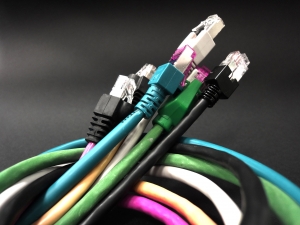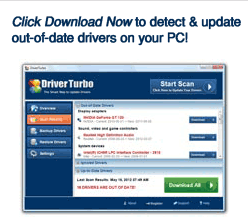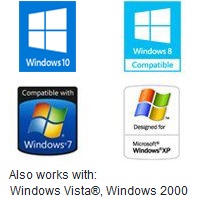 As you are probably aware, every single device in your computer needs a piece of software known as a driver to run. This basically tells the operating system how to interact with the hardware.
As you are probably aware, every single device in your computer needs a piece of software known as a driver to run. This basically tells the operating system how to interact with the hardware.
When it comes to a network driver, it basically allows you to connect to the network, whether it is a WAN or a LAN. Of course, things do go wrong, and most of the time this is down to a faulty or corrupt network driver!
For the most part, installing network drivers should be fairly simple. However, what many people fail to realize is that like most software, drivers are prone to glitches or errors in the system. This pretty much means that if you don’t update them regularly then problems can occur.
Some of the major problems with Network drivers include:
- Your Network device not working.
- It starts working, but then it suddenly stops working.
- Blue Screen of Death
- Cannot Connect to the Internet
So what happens when these driver problems occur?
Well, it means that it is time to start updating your drivers! There are a couple of stages that you are going to need to do for this.
It is important that you update your driver with the correct ones otherwise you could end up making the problem worse:
- Firstly you are going to need to identify the device that you are using. Most of the time this is easier said than done, especially when it comes to network drivers. The problem is, most devices are fairly generic which means that you will find it difficult to get a name. Once you found out the name though, you can move on.
- Armed with the name you can head online and find drivers for your device. They are out there, some may be more difficult to find than others! Once you have found them, you are going to need to choose the right one for your operating system. If you don’t get the right one, then it will cause problems.
- Finally, you can install your device driver. Some will be a .exe file that needs to be run, others may be in a different file format such as a .inf file format. For these the installation is slightly more difficult as you will need to access your ‘System’ under the ‘Control Panel’, find the device and then install it that way! It should be fairly self-explanatory though (hopefully!)
Update Network Driver with Ease
Of you course, this is all going to be a hassle if you don’t know what you are doing. Not only is it going to take time, but as I mentioned before, if you get it wrong then you could mess up both your computer and its network capabilities.
Instead I suggest that you look into a program called Driver Turbo. This driver utility will grab the right drivers for you instantly, both for your network hardware and any other hardware on your computer. It will always ensure that you get the right ones, which means that you never have to worry about there being any connection problems.



